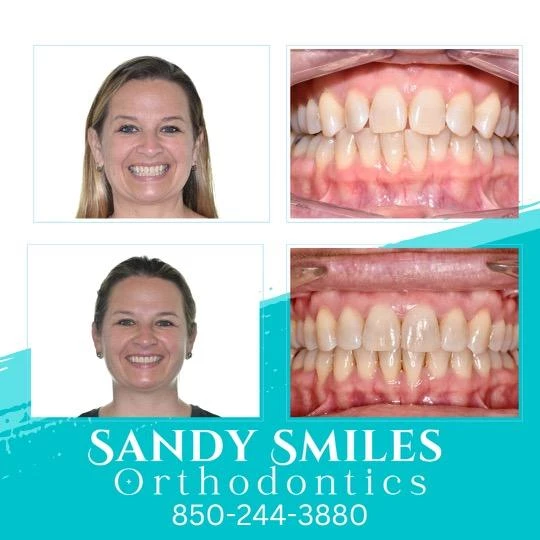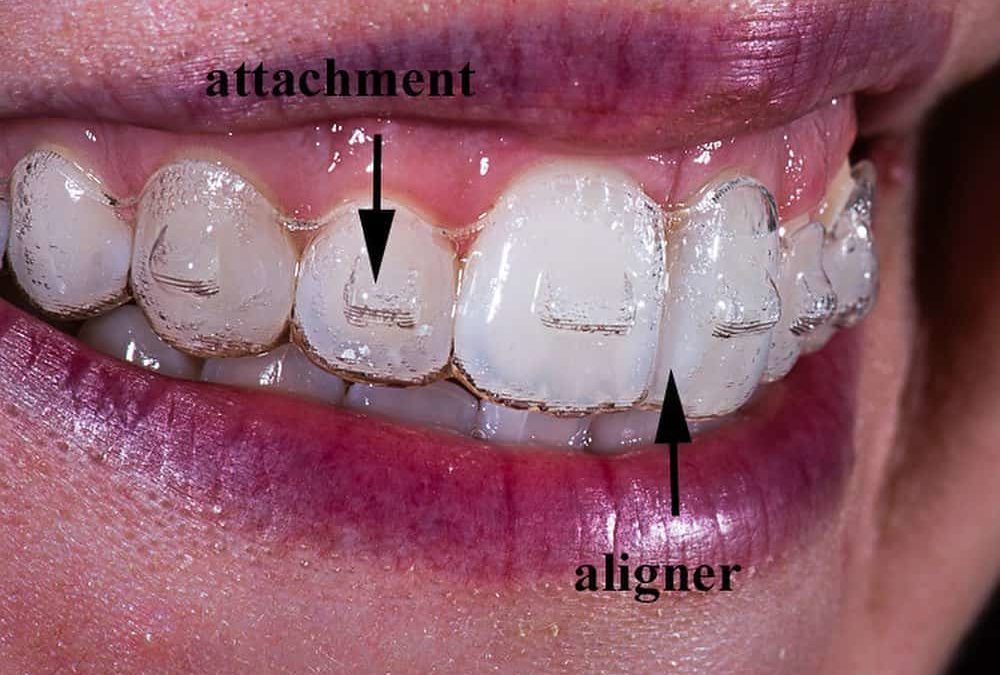Discover the Perks of Invisalign for a Perfect Smile Transformation
Wiki Article
Invisalign vs. Typical Dental braces: Which Option Is Right for You?
When considering orthodontic treatment, the choice in between Invisalign and traditional braces presents a number of vital elements that merit cautious analysis. Invisalign supplies a discreet option with detachable aligners, while traditional braces offer an extra visible yet effective service for serious misalignment.Introduction of Therapy Options

On the other hand, traditional braces contain steel braces and wires that are bound to the teeth. This technique uses constant stress in time to accomplish placement. While effective for complex orthodontic concerns, conventional dental braces call for normal sees for changes and can position obstacles in maintaining oral hygiene because of the problem of cleaning up about cables and brackets.
Both choices have their qualities, and the option usually rests on specific dental conditions, lifestyle preferences, and person conformity. Eventually, consulting an orthodontic professional is essential for figuring out one of the most appropriate treatment plan tailored to specific demands. Comprehending the nuances of each choice can considerably influence the total success of orthodontic therapy.
Visual Factors To Consider
A significant factor influencing the selection between Invisalign and standard dental braces is the visual charm each therapy offers. Invisalign aligners are crafted from clear plastic, making them essentially invisible when put on.On the other hand, standard braces consist of steel brackets and cables, which can be more visible. While advancements in orthodontic innovation have actually caused the development of smaller brackets and colored elastics, traditional dental braces still keep a more obvious profile. For some individuals, the exposure of dental braces may prevent them from seeking essential therapy.
Inevitably, the choice in between Invisalign and typical braces may depend upon individual choices pertaining to appearances. Clients that prioritize discernment frequently favor Invisalign, while those that are much less concerned about visibility may decide for typical braces. Comprehending the aesthetic ramifications of each choice is vital for making an informed decision that lines up with one's way of life and preferences.
Comfort and Convenience

In regards to benefit, Invisalign aligners are detachable, making it possible for people to appreciate their favored foods without constraint and keep optimum oral health. Brushing and flossing are streamlined, as the aligners can be obtained during these routines, whereas standard dental braces call for mindful steering around wires and brackets.
Additionally, Invisalign's progressive system permits for less orthodontic brows through. People normally get several sets of aligners at once, which can simplify the therapy process and lower time invested in the orthodontist's chair. In contrast, traditional dental braces require regular adjustments, making them less hassle-free for those with hectic routines. Invisalign. Overall, the convenience and benefit of Invisalign make it an appealing choice for many people seeking orthodontic therapy.
Treatment Duration and Efficiency
While both Invisalign and traditional dental braces work in remedying oral imbalances, the duration of therapy can differ considerably in between both choices. Generally, Invisalign treatment can take anywhere from 12 to 18 months, relying on the intricacy of the situation. The clear aligners function by progressively shifting teeth into their preferred placements, and regular follow-ups with look at this site an orthodontist help make sure progression remains on the right track.
On the other hand, typical braces usually require a longer commitment, normally varying from 18 months to 3 years. This is due to their fixed nature and making use of wires and braces, which can be extra effective for severe misalignments and complex situations (Invisalign). The treatment efficiency of standard dental braces is well-documented, as they enable accurate modifications and higher control over tooth motion
Eventually, the option between Invisalign and conventional braces might hinge on both the expected therapy period and the details oral issues at hand. Consulting with an orthodontist is important, as they can supply tailored recommendations based on specific demands, making sure the picked approach lines up with preferred durations and end results.
Price Comparison and Insurance Coverage Options
Price plays a substantial function in the decision-making procedure for people thinking about orthodontic treatment, whether going with Invisalign or standard braces. Generally, the expense of Invisalign arrays from $3,000 to $8,000, while standard braces typically set you back between $2,000 and $6,000. Variables affecting these expenses include the intricacy of the situation, the period of treatment, and geographical area.Insurance policy coverage can substantially impact out-of-pocket expenditures. Numerous oral insurance coverage strategies offer partial protection for orthodontic therapies, however the specifics can differ widely. It is critical for individuals to review their insurance coverage to identify the level of coverage for either choice. Generally, standard dental braces may be extra frequently covered by insurance coverage strategies compared to Invisalign, which some insurance companies classify as a cosmetic procedure.
Furthermore, numerous orthodontic practices provide versatile repayment strategies, making both treatment options much more obtainable. People need to ask about possible funding alternatives and price cuts for ahead of time settlements. Reviewing the complete cost, including insurance benefits and layaway plan, is essential discover this info here for making an informed choice that aligns with both aesthetic choices and spending plan factors to consider.

Final Thought
In summary, the selection between Invisalign and traditional navigate to this website dental braces depends upon numerous variables, consisting of aesthetic choices, convenience, treatment period, and cost. Invisalign supplies a discreet, removable alternative that helps with dental hygiene and dietary adaptability, while conventional dental braces might be more appropriate for complex dental concerns and frequently come with a reduced cost factor. Ultimately, appointment with an orthodontist is vital to analyze individual situations and establish the most ideal treatment option for accomplishing optimum oral alignment.When thinking about orthodontic therapy, the selection between Invisalign and standard braces presents numerous important elements that merit cautious evaluation.Comparing Invisalign and standard dental braces reveals unique therapy alternatives for orthodontic improvement.While both Invisalign and traditional braces are effective in correcting dental imbalances, the duration of treatment can vary considerably between the two options.Cost plays a considerable function in the decision-making procedure for individuals thinking about orthodontic treatment, whether opting for Invisalign or traditional braces.In summary, the option between Invisalign and traditional dental braces pivots on several aspects, including aesthetic preferences, comfort, therapy period, and expense.
Report this wiki page